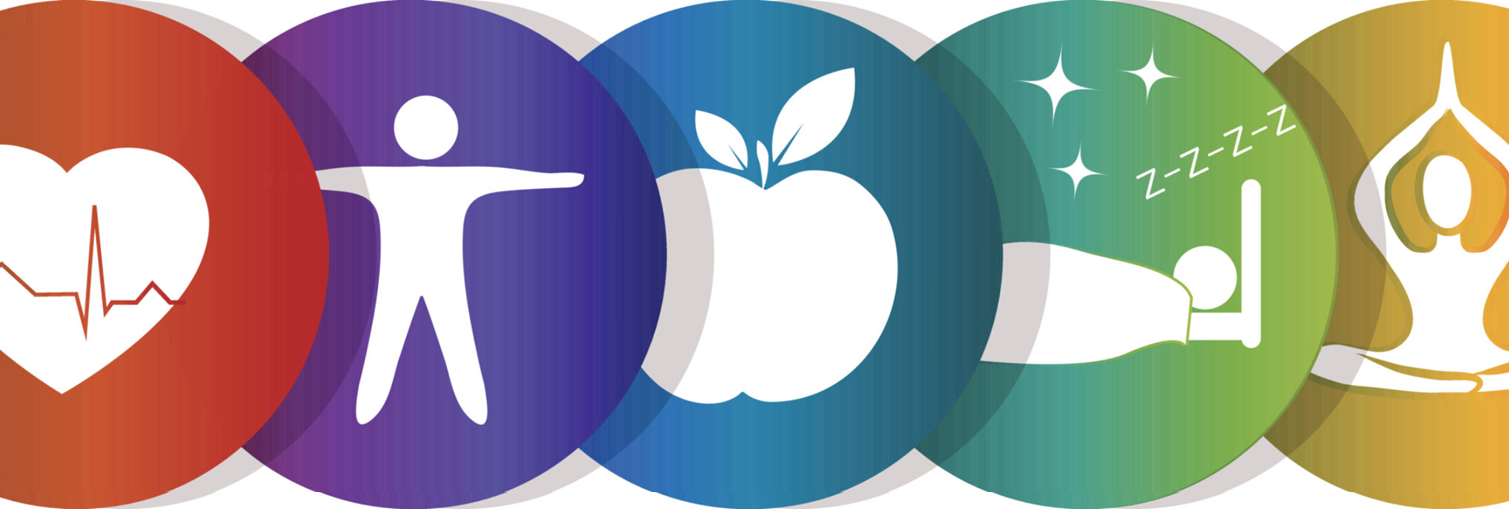5 Ways to Know if Your Seafood is Sustainable
Global Food
Sustainable Agriculture
5 Ways to Know if Your Seafood is Sustainable
Whether you’re looking for a quick bite of information or want to drop some knowledge on your dinnertime companions, here’s our Featured 5 of the Week!
‘Seaspiracy,’ the new Netflix documentary highlights some major issues in the sustainable seafood industry. It made us think… can we trust any of our seafood? The answer is yes, but the process may require a few more steps. Here’s how you can do it!
1. Farmed vs. Wild-Caught
We always thought that wild-caught was more sustainable. However, that’s not the case. Sustainably managed farmed fish can be the best for our planet and our wallets. This is also the only way to ensure that the type of fish you’re buying is actually what you’re paying for. Otherwise, the wild-caught cod you’re buying could be flounder or something totally different.
2. Check where it’s coming from
Where your seafood is raised or caught matters, so do your research. Aside from the safety of fish farms, some countries have more sustainability measures than others, and their codes of conduct are much more strict. We found this guide from Monterey Bay Aquarium’s Seafood Watch project to give you a good idea of where is best for which type of seafood.

3. Check the label
We say this all the time. Always check the label and make sure it’s reputable before purchasing. Many non-government organizations, or NGOs, like to slap on random labels to mark up the price of our food. For example, adding gluten-free products that naturally don’t contain any gluten just to charge more. So, when it comes to seafood, look for these things:
- A government department on the label
- A reputable country that has sustainable seafood practices
- A grade or indication (for example, “Prime” beef, or USDA “Organic”)
4. Where you buy your seafood matters
Although some retailers may have lower prices on seafood, this is where you can run into issues on being misled. First and foremost, if the grocer is selling U.S. -farmed seafood, chances are it’ll be seafood that’s been sustainably produced because the U.S. is a leader in global sustainable and responsibly managed fisheries. But, sometimes, U.S. -farmed seafood can be hard to find, especially since most aquaculture production is done in China and Southeast Asia.
But, some good retailers we found are Whole Foods, Hy-Vee, Aldi, and Target. Crowd Cow, a home-delivery service, also has excellent sustainably produced seafood options.
5. Do your research
When in doubt, research it out. You can never be too safe when feeding fresh, secure, and sustainably produced food to your family, and seafood is no different. If you prefer to eat only wild-caught seafood, this step is crucial. Know where your seafood is coming from, and make sure the labels are reputable.
Wild-caught Alaskan seafood is always a good choice. They feel it’s their duty to maintain the pristine conditions of their oceans and limit overfishing and bycatch. However, this option can get pretty expensive. Also, don’t buy seafloor captures, like trawls, seines, and dredges, because they can be dangerous to marine life.
The Bottom Line
Buying sustainably produced seafood is not impossible, no matter what ‘Seaspiracy’ leads you to believe. Just follow these five simple steps and always do our research whenever you want to buy fish, even in a restaurant.

Uncovering Illegal Fishing Boats
A recent study reports that 75% of all global fishing fleets are considered “dark vessels” – untraceable ships illegally capturing seafood while damaging biodiversity, local economies, and quality of life for millions. So we asked ourselves: do we know where our seafood comes from?

Digging In: Regenerative Ranching
In this podcast, we talk with Greg Putnam, the co-founder, operator, and rancher of Little Belt Cattle Company. This beautiful ranch is a veteran-owned and operated first-generation business dedicated to raising high-quality cattle. Greg's company uses regenerative ranching practices to protect our natural resources and reduce any environmental impact.
Latest in other news...

Navigating Nutrition, Health & Wellness Trends
Health consciousness is not just a trend, but a lifestyle. Mintel's latest report sheds light on the pivotal trends shaping the future of nutrition, health and wellness. Here, we delve into the report with the intention to make lasting changes for our long-term health.




